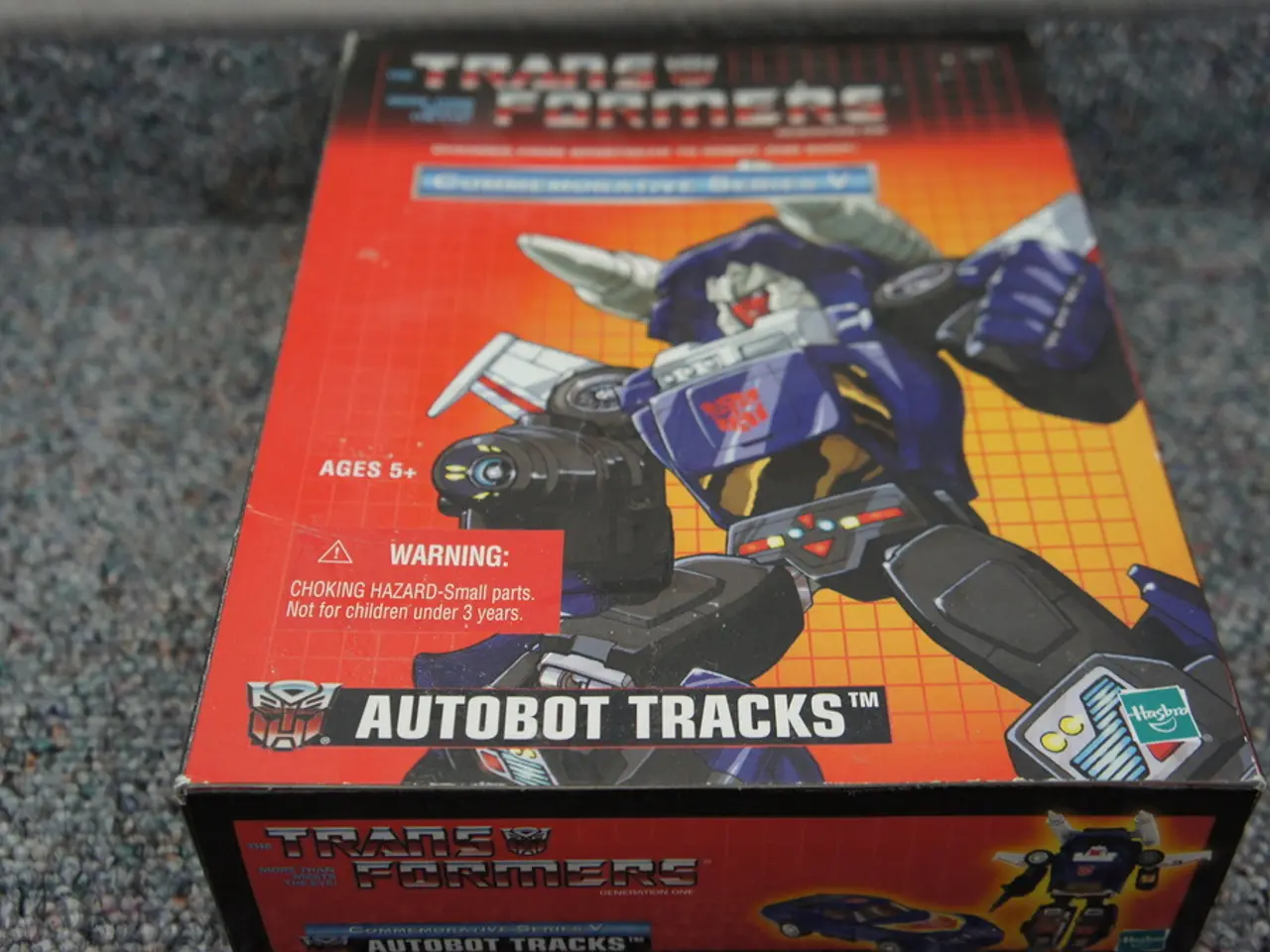Autonomous Tesla Robot, Known as Optimus, Exhibits Skills Copied from Human Video Demonstrations
Tesla's Optimus Humanoid Robot Makes Strides in Autonomous Learning
Tesla's Optimus, a groundbreaking humanoid robot, is revolutionising the field of artificial intelligence (AI) by learning new tasks and actions through transfer learning from human demonstration videos, according to recent developments. This innovative approach allows the robot to observe humans performing tasks and autonomously replicate those actions without explicit step-by-step programming.
The key to Optimus's learning process lies in observational learning. The robot watches videos of humans performing tasks, such as vacuuming, sorting, cleaning, organising, cooking, and more, and learns by imitating these demonstrations, much like a human trainee would. This shift from traditional robotic programming where every step had to be predefined marks a significant leap forward.
Tesla has developed a single neural network that powers multiple functions and tasks in Optimus. This architecture enables the robot to generalise from demonstrations and apply learned skills flexibly across different scenarios, supporting human-like adaptability and reducing the need for having separate AI models for each task.
In addition to video learning, Optimus also leverages natural language inputs. This feature helps the robot understand commands and context, enhancing its learning capabilities. The multitasking AI model running on the robot handles these voice or text commands.
Tesla's AI system processes massive volumes of real-world video and sensor data using advanced AI models like Grok and training on their supercomputer platform called Dojo. This infrastructure generates rich, labeled datasets without relying heavily on human annotators, fueling continuous improvements in both vehicle AI and Optimus’s learning capabilities.
The data flywheel system enables Optimus and Tesla’s AI to continuously learn and refine its understanding by iteratively integrating new observations into its model. This results in exponential improvements over time through a self-reinforcing learning process.
Recent advancements have made Optimus more efficient in its learning process, as stated by Milan Kovac, who works on Optimus AI at Tesla. The team can now transfer learning from human demonstration videos, even if they were captured from a first-person point of view, directly to the robot.
The next step for Optimus is to learn from third-person videos found across the internet. The latest video showcasing Optimus performing everyday household tasks without remote control has generated significant interest. In the video, Optimus is seen completing tasks such as taking out the trash, sweeping, vacuuming, opening a cabinet, tearing off a paper towel, stirring a pot, closing curtains, identifying a car part, selecting it from a box, and placing it on a dolly ramp.
Tesla views Optimus as one of the "biggest real-world applications" of artificial intelligence. The company is actively recruiting engineers and AI specialists to advance Optimus development. Many of the new skills performed by Optimus can now be activated using natural language (voice or text), significantly speeding up training and allowing Optimus to learn new actions without requiring manual, hands-on data collection.
The team aims to improve Optimus's reliability through reinforcement learning in real or simulated environments. The "I'm not just dancing all day" tweet, posted by Tesla Optimus on May 21, 2025, hints at the robot's growing autonomy and its potential to contribute to a wide range of tasks in the future.
Optimus's autonomous learning progress is being facilitated by its ability to learn from human demonstration videos, mimicking a trainee absorbing actions without explicit programming. With the use of a single neural network, the robot can generalize learned skills for flexible application across various scenarios, exhibiting human-like adaptability.
Tesla's AI system, powered by Grok and trained on the Dojo supercomputer, allows Optimus to learn from vast amounts of real-world video and sensor data, self-refining for continuous improvements. The robot's latest video demonstration showcases its ability to perform everyday household tasks, as Optimus moves towards learning from third-person videos found on the internet.




